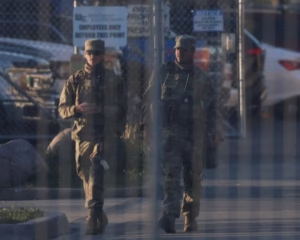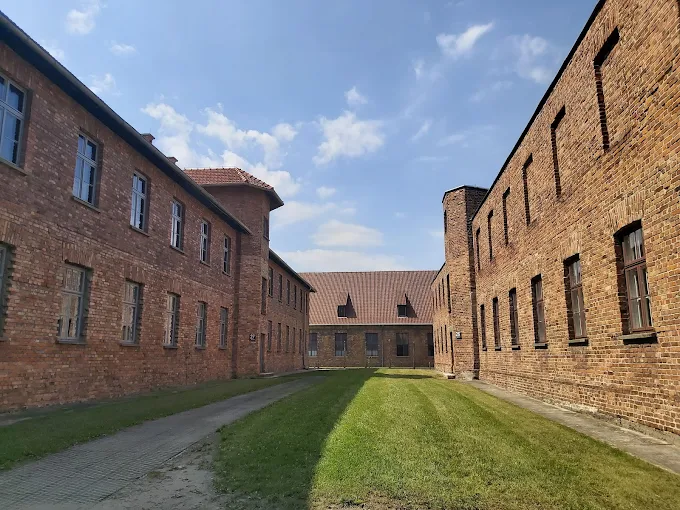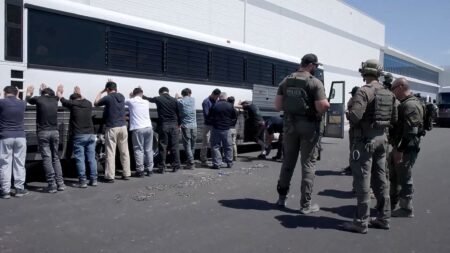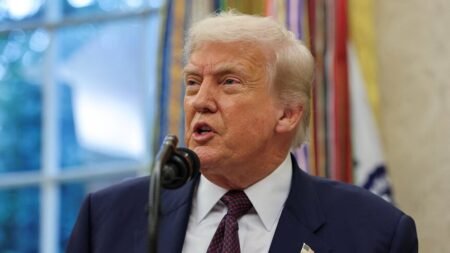The Auschwitz Museum, officially known as the Auschwitz-Birkenau State Museum, stands as one of the world’s most powerful symbols of remembrance and warning. Located in Oświęcim, Poland, the museum is situated on the grounds of the former Auschwitz I and Auschwitz II-Birkenau concentration and extermination camps, where more than 1.1 million people were murdered during World War II.
Established in 1947 by Polish authorities and survivors, the Auschwitz Museum was created to preserve the original structures of the Nazi camps and to educate future generations about the horrors of the Holocaust. It includes preserved barracks, gas chambers, crematoria, guard towers, and fences that once confined and killed hundreds of thousands. Today, the museum serves as a solemn place of memory and a vital educational center visited by more than 2 million people each year.
The Auschwitz camps were constructed by Nazi Germany during its occupation of Poland. Auschwitz I, the original camp, was established in 1940 and later expanded into Auschwitz II-Birkenau in 1941 to serve as a major site of mass extermination. Most of the victims were Jews deported from across Europe, but many Poles, Roma, Soviet prisoners of war, and others were also murdered at the site. On January 27, 1945, Soviet troops liberated the camp, revealing the full scale of the Nazi atrocities. This date is now observed as International Holocaust Remembrance Day.
The museum houses extensive collections of photographs, personal belongings, and official Nazi documents. Visitors can see suitcases with names still visible, piles of shoes, eyeglasses, and even human hair taken from victims. These items serve as painful yet essential evidence of the crimes committed. The museum also maintains a vast archive and documentation center used by scholars, educators, and families seeking to trace the fate of loved ones lost in the Holocaust.
The director of the Auschwitz Museum, Dr. Piotr M. A. Cywiński, has emphasized the importance of preserving the truth in an age where Holocaust denial and historical distortion are on the rise. He has spoken out against public figures who question or minimize the reality of the Holocaust, calling such actions deeply harmful and dangerous. Under his leadership, the museum has expanded its educational outreach and digital presence, including offering virtual tours, survivor testimonies, and online resources for schools and researchers.
As a UNESCO World Heritage Site since 1979, the Auschwitz Museum plays a central role in international efforts to remember the Holocaust and combat antisemitism. World leaders, religious figures, human rights advocates, and survivors regularly visit the site to honor the victims and reaffirm their commitment to truth and justice. The museum’s educational programs are designed to engage younger generations, ensuring that the lessons of Auschwitz are never forgotten.
Despite its solemn mission, the museum is occasionally drawn into political and social debates, especially when individuals or groups attempt to rewrite history. Some political figures have made statements denying or downplaying Nazi crimes, prompting legal and public backlash. In Poland, Holocaust denial is a criminal offense, and the museum often cooperates with authorities to counter such narratives. The museum has also had to address questions about how to balance historical preservation with accessibility and modern visitor needs.
The Auschwitz Museum’s work continues to be vital in the global fight against hate, prejudice, and the erosion of historical truth. Through exhibitions, international partnerships, and survivor engagement, the museum remains a crucial guardian of memory. Its message is clear: the world must never forget what happened at Auschwitz and must remain vigilant against all forms of hatred that threaten human dignity and life.







